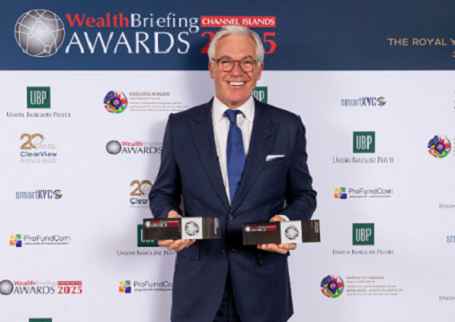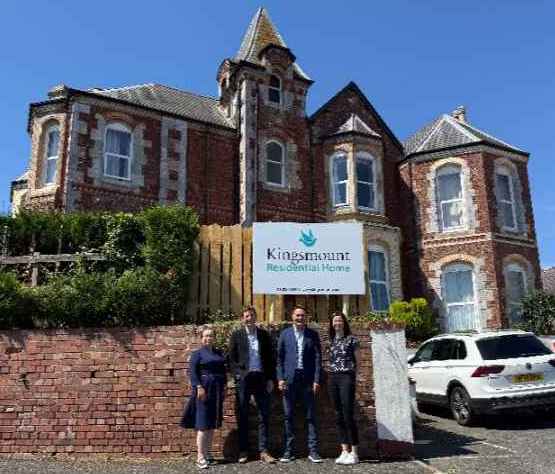The Galápagos Islands are home to 3,000 marine species, including sea turtles, dolphins and tropical fish.
This archipelago off the coast of Ecuador is already one of the largest and most biologically diverse marine protected areas in the world, but it faces threats from climate change as well as illegal fishing. Now, thanks to a recent agreement between the U.S. International Development Finance Corporation (DFC), Ecuador’s government and other partners, funds to protect the Galápagos Islands will last for years to come.
The DFC and partners recently finalized a debt conversion that will exchange $1.628 billion of Ecuador’s international bonds for a $656 million loan. The funds will, over the next 18.5 years, generate $323 million for marine conservation in the Galápagos Islands, while also reducing Ecuador’s national debt.
A portion of that money will cover an endowment for the Galapagos Life Fund, a permanent source of funding for marine conservation projects. All told, the debt conversion and endowment will create more than $450 million for marine conservation in the Galápagos Islands.
“This debt-for-nature exchange, the world’s largest, is another example that Ecuador, faithful to its democratic principles, has the confidence and support of organisations and countries that make biodiversity conservation possible,” Gustavo Manrique Miranda, Ecuador’s minister of foreign affairs, said in a statement.
The additional resources will help support Ecuador’s “blue economy,” the sustainable use of ocean resources for economic growth. “Ecuador gets increased economic stability and the world benefits from the conservation of a critical ecosystem,” said Scott Nathan, DFC’s chief executive officer.
“DFC is proud to have worked with our partners to help make this innovative transaction happen.”











